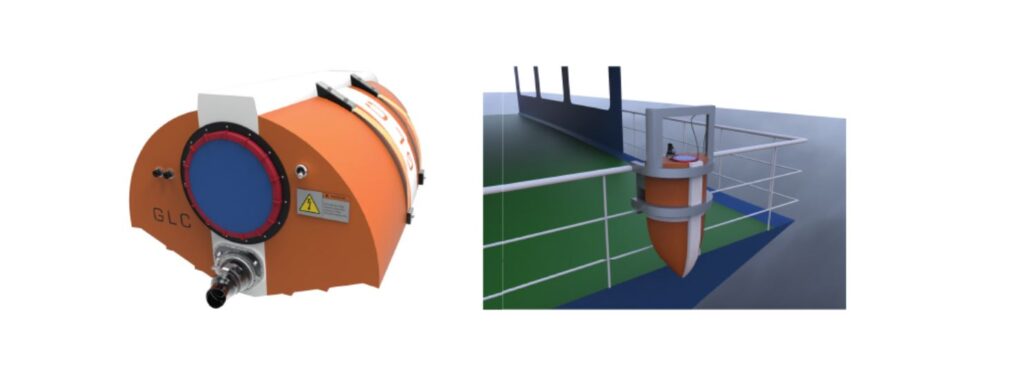The vehicle is unmanned and can help the recovery of bathers in extreme weather situations without endangering the rescuers
The sea is one of the summer destinations par excellence for those seeking a bit of relaxation and distance from the big city. However, a small distraction or an unexpected event is enough to find yourself in situations that endanger our lives. Safety in these cases is ensured by professional figures such as lifeguards, who keep an eye always alert and attentive and are ready to intervene in difficult situations. What happens if the sea conditions are too dangerous?
A solution to the problem comes from Italy, more precisely from the University of Genoa. A research group has built a prototype of an unmanned rescue vehicle, called GLC. The vehicle is designed to operate in three different conditions. The first mode involves the remote use through a radio control. In this way it is possible to direct the vehicle towards the shipwrecked person and easily provide rescue in environments such as, for example, public beaches.
A second mode combines remote control with a camera that allows you to have a clear view even in cases of heavy fog or poor visibility for long distances. The third mode involves the use of a tracking bracelet and a GPS receiver on the vehicle. In the event of a fall into the open sea from a boat, the bracelet on the sailor’s arm records the distance from the control unit on the ship and sends an emergency signal. The GLC automatically detaches from the accommodation and travels independently to the shipwreck at sea, following the GPS signal. The GLC is about one meter long and can be easily placed on yatch sailboats or large ships, providing a great help in emergency situations.
You may also be interested in -> Artificial islets for “keeping distance” at the sea or lake
